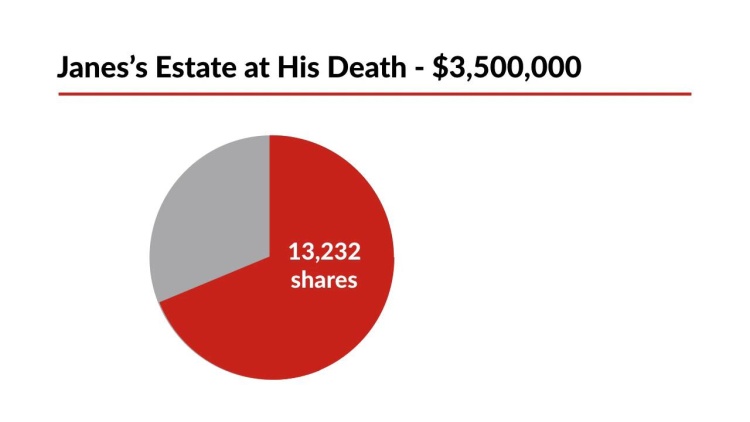In re Estate of Janes
New York Court of Appeals
681 N.E.2d 332, 90 N.Y.2d 41, 659 N.Y.S.2d 165 (1997)
- Written by Jamie Milne, JD
Facts
When Rodney B. Janes died, his estate included a $2.5 million stock portfolio, 71 percent of which was Eastman Kodak Company stock. Janes’s will divided his estate into three trusts. Two trusts, which received about 75 percent of the estate, required income payments to Janes’s 72-year-old wife, Cynthia Janes (plaintiff), for life. Lincoln First Bank (Lincoln) (defendant) was the trustee. Lincoln met with Cynthia to discuss selling a small portion of the Kodak stock to pay administrative expenses and taxes, and she agreed. Lincoln did not otherwise advise Cynthia on investment strategy. At the meeting, the Kodak shares were worth $139 per share for a total value of almost $1,840,000. However, the price of Kodak stock fell to $109 by the end of that year. Despite continuing decline over several years, Lincoln retained the Kodak stock. The shares eventually dropped to $47, for a total value of approximately $530,000. Eight years after Janes’s death, Lincoln petitioned to settle its account in the probate proceeding. Cynthia and the charitable beneficiaries (plaintiffs) objected. The surrogate’s court found that Lincoln’s retention of the Kodak stock and failure to diversify was imprudent and the Kodak stock should have been sold in August 1973 when Lincoln identified the trust assets. The court calculated damages as the difference between the stock’s value at trial and its value if sold and reinvested in August 1973. The appellate division affirmed liability but calculated damages differently, subtracting the value of the stock upon sale from its value in August 1973. Lincoln appealed to the New York Court of Appeals, arguing that retention of the Kodak stock was not an imprudent investment because it was a blue-chip stock, meaning that factors such as the issuing company’s capital structure, management, and historical profitability supported ongoing investment.
Rule of Law
Issue
Holding and Reasoning (Levine, J.)
What to do next…
Here's why 899,000 law students have relied on our case briefs:
- Written by law professors and practitioners, not other law students. 47,000 briefs, keyed to 994 casebooks. Top-notch customer support.
- The right amount of information, includes the facts, issues, rule of law, holding and reasoning, and any concurrences and dissents.
- Access in your classes, works on your mobile and tablet. Massive library of related video lessons and high quality multiple-choice questions.
- Easy to use, uniform format for every case brief. Written in plain English, not in legalese. Our briefs summarize and simplify; they don’t just repeat the court’s language.





